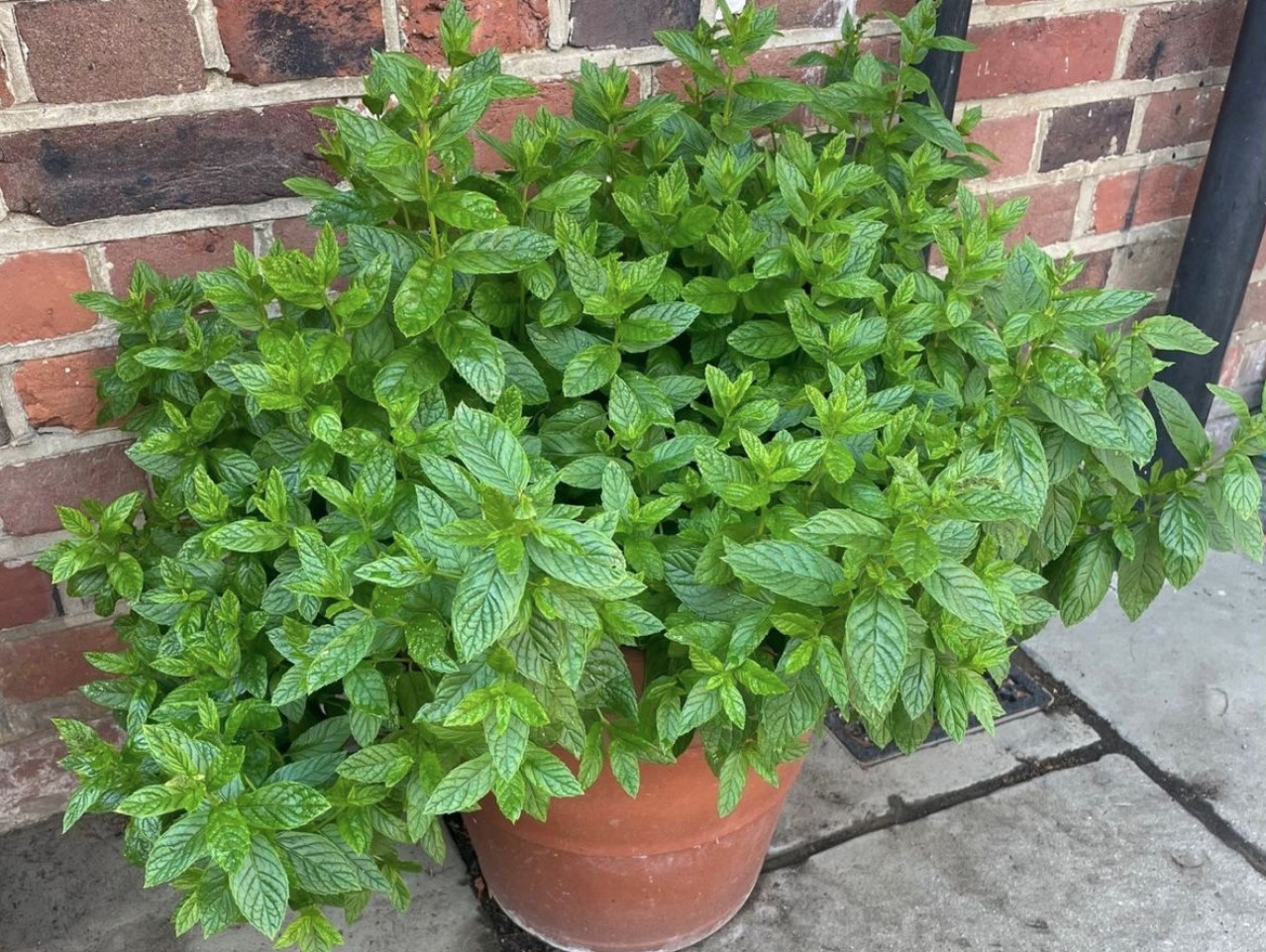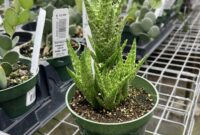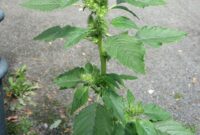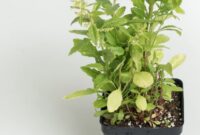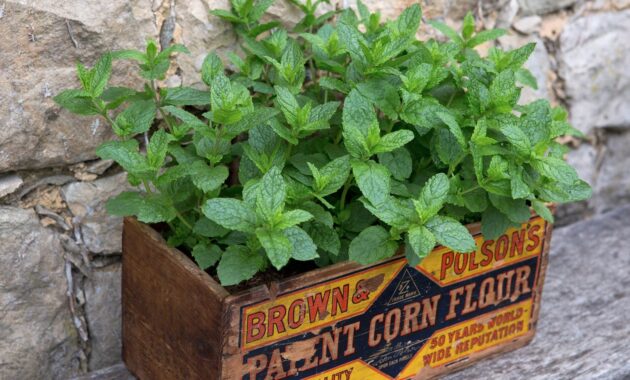
What is Spearmint?
Spearmint (Mentha spicata) is a perennial herb known for its distinctive, minty aroma and flavor. It’s a versatile plant that can be used for various purposes, from culinary delights to medicinal remedies.
How to Grow Spearmint
Growing Spearmint Outdoors:
- Choose the Right Spot: Spearmint thrives in full sun or partial shade. Ensure the soil is well-draining and rich in organic matter.
- Planting: Plant spearmint in spring or fall. You can start with seeds, but it’s often easier to propagate it from stem cuttings.
- Watering: Keep the soil consistently moist but not soggy. Water regularly, especially during dry periods.
- Fertilizing: Apply a balanced liquid fertilizer every few weeks during the growing season.
- Pruning: Prune regularly to encourage bushy growth and prevent the plant from becoming leggy.
Growing Spearmint Indoors:
- Container Choice: Choose a pot with drainage holes and fill it with a well-draining potting mix.
- Sunlight: Place your spearmint plant in a sunny location, such as a windowsill.
- Watering: Water regularly, allowing the soil to dry slightly between waterings.
- Humidity: Increase humidity by misting the plant or using a humidity tray.
- Fertilizing: Feed your indoor spearmint with a diluted liquid fertilizer every few weeks.
Spearmint Plant Uses
Spearmint is a versatile herb with a wide range of uses:
- Culinary:
- Flavoring beverages like tea and cocktails
- Adding freshness to salads and desserts
- Enhancing the taste of savory dishes
- Medicinal:
- Relieving digestive issues like indigestion and bloating
- Soothing headaches and migraines
- Reducing inflammation
- Freshening breath
Spearmint Plant Benefits
- Rich in Antioxidants: Spearmint is packed with antioxidants that help protect your cells from damage.
- Boosts Brain Function: It may improve cognitive function and memory.
- Aids Digestion: Spearmint can help relieve indigestion, bloating, and other digestive issues.
- Soothes Inflammation: It has anti-inflammatory properties that can reduce pain and swelling.
- Freshens Breath: Spearmint is a natural breath freshener.
Spearmint Essential Oil
Spearmint essential oil is extracted from the leaves of the spearmint plant. It has a variety of uses, including:
- Aromatherapy: It can be used in diffusers to promote relaxation and reduce stress.
- Topical Application: It can be diluted and applied topically to relieve muscle pain and inflammation.
- Hair Care: It can be added to hair products to promote hair growth and prevent hair loss.
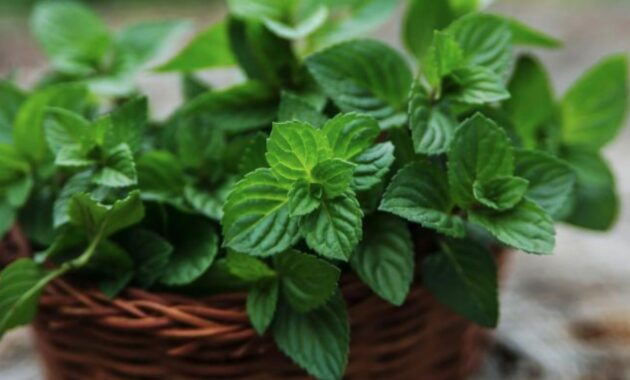
Spearmint Plant Medicinal Uses
Spearmint has been used in traditional medicine for centuries to treat a variety of ailments, including:
- Digestive Disorders: It can help relieve indigestion, bloating, and irritable bowel syndrome.
- Headaches and Migraines: It can help alleviate headaches and migraines.
- Skin Conditions: It can be used to soothe skin irritations and inflammation.
- Respiratory Issues: It can help relieve congestion and cough.
Spearmint Plant for Cooking
Spearmint can add a refreshing flavor to a variety of dishes. Here are a few ideas:
- Mint Julep: A classic cocktail made with bourbon, sugar, and mint leaves.
- Mojito: A refreshing cocktail made with rum, lime juice, sugar, and mint leaves.
- Mint Tea: A soothing and refreshing beverage.
- Lamb Chops with Mint Sauce: A delicious and elegant dish.
- Fruit Salad: Add a sprig of mint for a refreshing twist.
Spearmint Tea Benefits
Spearmint tea offers numerous health benefits, including:
- Improved Digestion: It can help relieve indigestion and bloating.
- Reduced Inflammation: It has anti-inflammatory properties that can reduce pain and swelling.
- Boosted Brain Function: It may improve cognitive function and memory.
- Fresher Breath: It can help freshen your breath.
- Relaxation: It can help reduce stress and anxiety.
Growing Spearmint from Seeds
While it’s possible to grow spearmint from seeds, it’s often easier to propagate it from stem cuttings. If you choose to start from seeds, follow these steps:
- Sow the Seeds: Sow the seeds indoors in early spring.
- Transplanting: Once the seedlings have grown a few inches tall, transplant them outdoors.
- Caring for Seedlings: Water the seedlings regularly and protect them from frost.
Spearmint Plant Pests and Diseases
Spearmint is relatively pest and disease-resistant. However, it can be susceptible to:
- Mites: Use insecticidal soap to control mites.
- Powdery Mildew: Improve air circulation and avoid overhead watering to prevent powdery mildew.
- Mint Rust: Remove infected leaves and avoid overhead watering.
Harvesting Spearmint Leaves
Harvest spearmint leaves in the morning when the essential oil content is highest. Use clean, sharp scissors to cut the stems.
Spearmint Companion Planting
Spearmint can be planted alongside other herbs and vegetables. Good companion plants include:
- Rosemary
- Sage
- Thyme
- Tomatoes
- Cabbage
How to Care for Spearmint
- Watering: Keep the soil consistently moist but not soggy.
- Fertilizing: Apply a balanced fertilizer every few weeks during the growing season.
- Pruning: Prune regularly to encourage bushy growth.
- Mulching: Mulch around the plant to help retain moisture and suppress weeds.
Spearmint Soil and Sunlight Needs
Spearmint thrives in well-draining soil rich in organic matter. It prefers full sun but can tolerate partial shade.
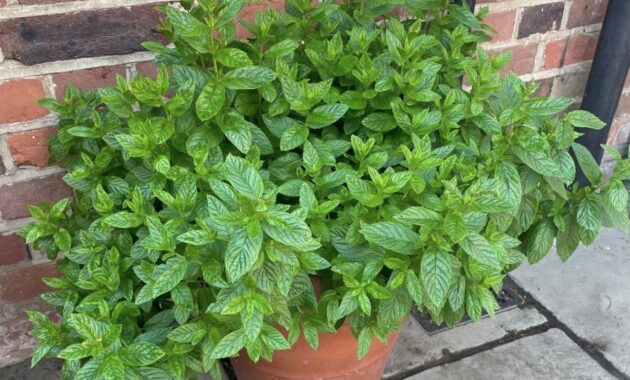
Spearmint Plant Indoors vs Outdoors
Spearmint can be grown both indoors and outdoors. Indoor plants require more attention to watering and humidity. Outdoor plants are generally easier to care for but may need protection from extreme weather conditions.
Spearmint Plant in Pots
Spearmint can be grown in pots, making it a great choice for small gardens or balconies. Choose a pot with drainage holes and fill it with a well-draining potting mix.
Conclusion
Spearmint is a versatile herb with numerous health benefits. Whether you’re using it to flavor your food, make tea, or soothe ailments, spearmint is a valuable addition to any home garden or kitchen. By following the tips in this guide, you can easily grow and care for your own spearmint plants.
FAQs
- Can I eat spearmint flowers?
Yes, spearmint flowers are edible and can be used to garnish dishes or add a floral note to teas. - How long does spearmint last in the refrigerator?
Fresh spearmint leaves can be stored in the refrigerator for up to a week in a plastic bag. - Can I freeze spearmint leaves?
Yes, you can freeze spearmint leaves in an airtight container or ice cube trays with water. - Is spearmint toxic to cats and dogs?
While spearmint is generally safe for humans, it can be toxic to cats and dogs. Keep your pets away from spearmint plants. - Can I dry spearmint leaves?
Yes, you can dry spearmint leaves by hanging them in a warm, dry place or using a food dehydrator.
